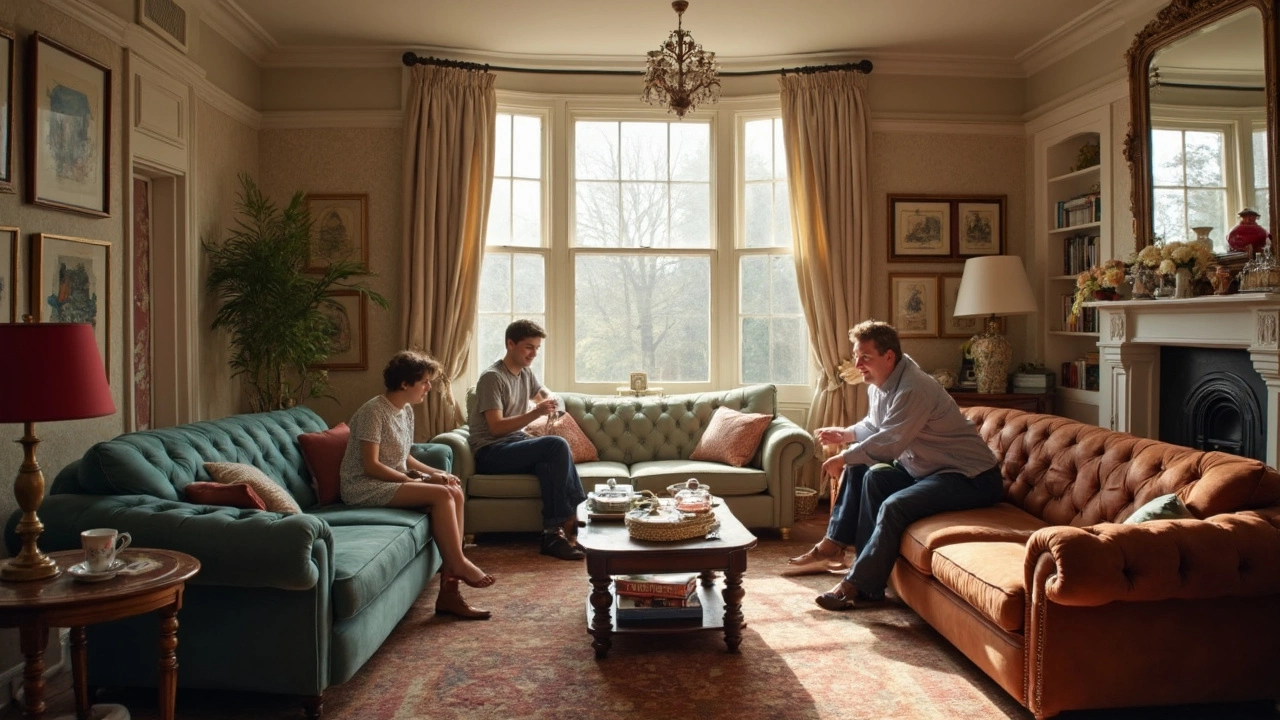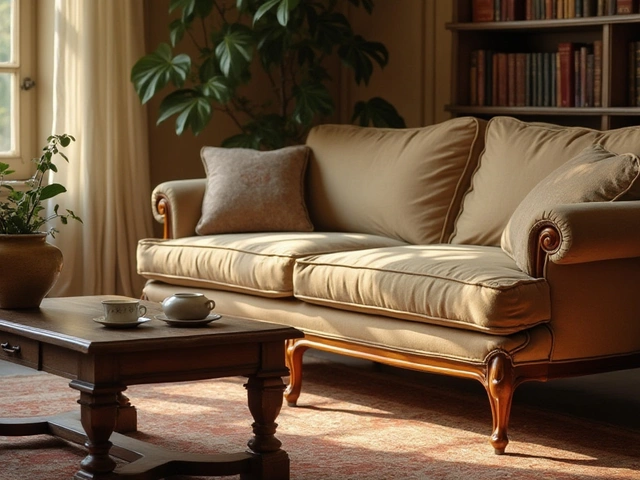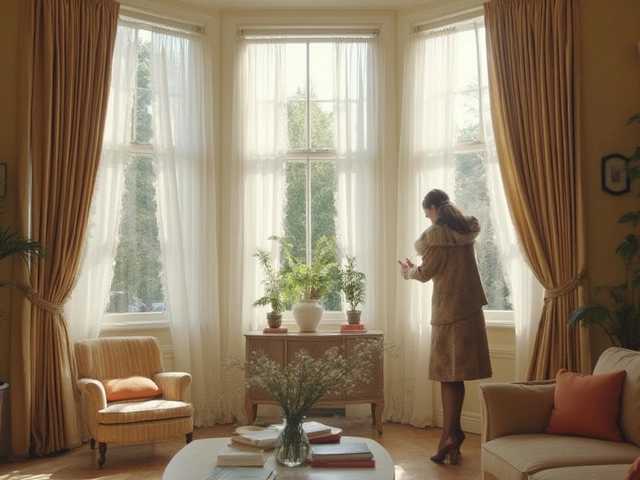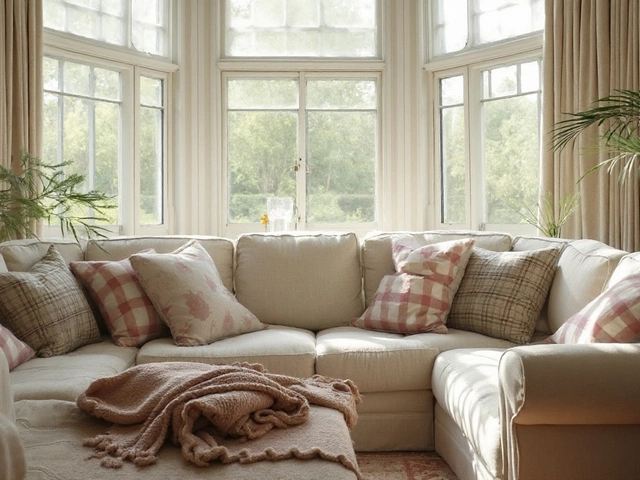Furniture Budget: How to Fill Your Home with Style Without Breaking the Bank
When you’re looking to makeover a room, the first thing that scares most people is the price tag. The good news is that you don’t need a massive budget to get furniture that looks great and lasts. Below you’ll find practical tips that let you stretch every pound and still create a space you love.
Smart Shopping Strategies
Start with a list. Write down exactly what you need – a sofa, a coffee table, a sideboard – and rank each piece by priority. This stops you from impulse buys and helps you compare prices across stores. Next, hit the clearance sections in big retailers and browse online marketplaces like eBay, Gumtree, or Facebook Marketplace. You’ll often find brand‑name sofas or dining chairs for a fraction of the original cost.
Don’t overlook second‑hand furniture stores and charity shops. Many of them get donations of high‑quality pieces that are barely used. When you spot something you like, test it for sturdiness and ask the staff about the return policy – a cheap find is only a win if it lasts.
Before you start buying, measure each room and note the dimensions of doors and hallways. Knowing the exact size of your space prevents you from ordering a sofa that won’t fit through the front door, saving both money and hassle. Write down a budget ceiling for each piece – for example, £200 for a coffee table and £500 for a sofa – and stick to it. This simple habit keeps you focused and makes it easier to compare deals.
DIY and Upcycling Ideas
Give old furniture a fresh look with paint, new upholstery or hardware. A plain wooden chair can become a statement piece with just a splash of bold colour and a new cushion. If you’re handy, re‑frame an old door into a rustic coffee table – all you need is a bit of sanding, a protective finish and some sturdy legs.
Look for multipurpose furniture that does double duty. A storage ottoman, a sofa bed, or wall‑mounted shelves can replace several separate items, cutting both cost and clutter. When you buy a piece that offers hidden storage, you also save on buying extra boxes or bins.
Timing matters. Many stores roll out sales around holidays, Black Friday, or post‑Christmas. Sign up for newsletters to get early access codes, and set price alerts on price‑comparison sites. Waiting a week or two can shave 20‑30 % off the sticker price.
Finally, keep an eye on the quality of the core materials – solid wood frames, sturdy legs, and durable fabrics last longer than cheap particle board or flimsy upholstery. Spending a little more on these basics often saves you from replacing the whole item later.
Putting these tips together means you can furnish a whole house on a shoestring budget while still looking stylish. Start with a plan, hunt for deals, and don’t be afraid to get a little creative with DIY. You’ll be surprised how much personality you can add without blowing your bank account. Remember, the joy of a well‑styled home isn’t about the price tag but the feeling you get when you walk in.

Good Budget for a Sofa: What to Spend and Why
Figuring out how much to spend on a sofa can get confusing, but it doesn’t have to be. This article breaks down what you actually get at different price points, common pitfalls to avoid, and clever ways to stretch your furniture budget. Learn what to watch out for, which features matter, and what most people overlook. If you want a comfy couch without wasting money, you’ll find the answers here.
Categories
- Storage (27)
- Bathroom (18)
- Sofas (15)
- Curtains (15)
- Home Decor (12)
- Bedding (11)
- Kitchenware (11)
- Cushions (11)
- Mirrors (10)
- Rugs (9)
Popular Articles



